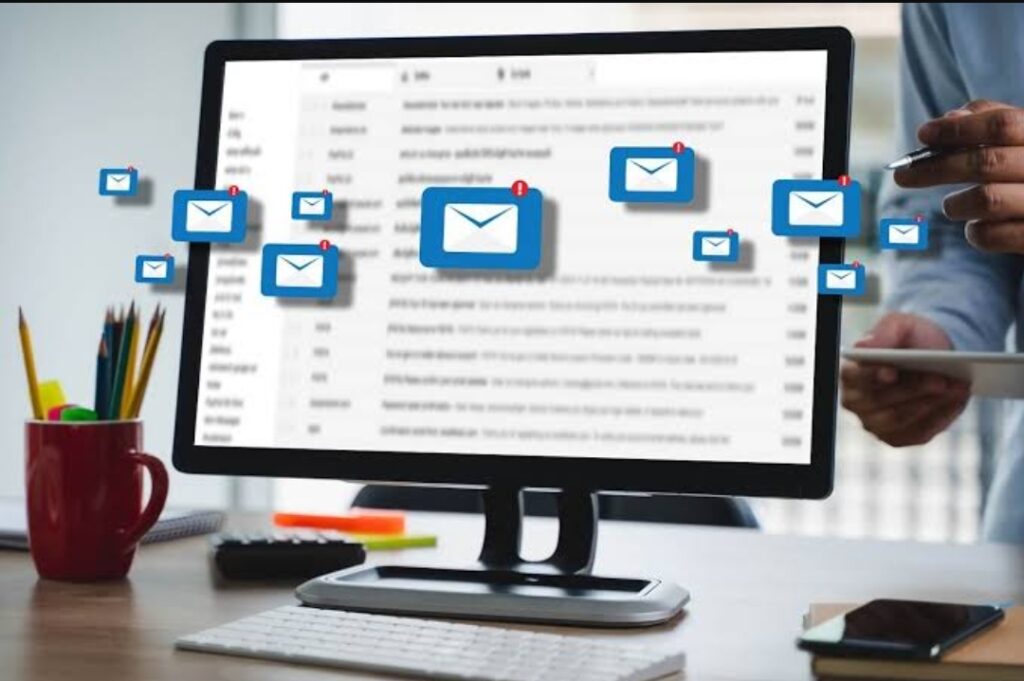Introduction
In today’s fast-paced digital landscape, managing emails efficiently has become a necessity for individuals and businesses alike. With the increasing volume of emails flooding our inboxes daily, staying organized and responsive can be a daunting task. This is where virtual email assistant come into play.
Benefits of Using Virtual Email Assistants
Virtual email assistants offer a myriad of benefits that can revolutionize the way we handle our emails. Firstly, they save time by automating repetitive tasks such as sorting, filtering, and responding to emails. This frees up valuable time that can be redirected towards more important tasks, thereby enhancing overall productivity.
Moreover, virtual email assistants facilitate better organization and efficiency. By categorizing emails, setting reminders, and prioritizing messages, they ensure that nothing falls through the cracks, enabling users to stay on top of their communication game effortlessly.
Key Features of Virtual Email Assistants
One of the key features of virtual email assistants is their ability to filter and sort emails based on pre-defined criteria. Users can set rules to automatically categorize incoming emails, such as prioritizing messages from specific contacts or flagging urgent emails for immediate attention.
Additionally, virtual email assistants often come equipped with automated response capabilities, allowing users to create pre-written templates for common queries or requests. This not only saves time but also ensures consistency in communication.
Integration with other productivity tools is another valuable feature offered by virtual email assistants. Whether it’s syncing with calendar apps for scheduling meetings or collaborating with project management software for task assignments, these assistants seamlessly integrate with various tools to streamline workflow.
Choosing the Right Virtual Email Assistant
When it comes to choosing the right virtual email assistant, it’s essential to consider individual needs and preferences. Factors such as the volume of emails, specific features required, and compatibility with existing software should be taken into account.
There are numerous virtual email assistant software options available in the market, each offering unique features and pricing plans. Popular choices include Google’s Gmail Assistant, Microsoft’s Cortana, and third-party apps like Boomerang and SaneBox. It’s advisable to compare these options based on factors such as user interface, integration capabilities, and customer support before making a decision.
Setting Up a Virtual Email Assistant
Setting up a virtual email assistant is a relatively straightforward process. Most software offers step-by-step guides or tutorials to help users get started. This typically involves installing the assistant as an add-on or extension to your email client and granting necessary permissions for accessing your inbox.
Once installed, users can customize their virtual email assistant according to their preferences. This includes configuring email rules and filters, setting up automated responses, and adjusting notification settings to suit individual needs.
Best Practices for Utilizing Virtual Email Assistants
To make the most of virtual email assistants, it’s essential to follow best practices for email management. This includes creating effective email rules and filters to streamline inbox clutter and prioritize important messages. Users should also establish clear communication protocols and response times to maintain professionalism and efficiency.
Regularly reviewing and updating email rules is crucial to ensure optimal performance and accuracy. Seeking feedback from colleagues or peers can also provide valuable insights into areas for improvement and optimization.
Security and Privacy Concerns
While virtual email assistants offer numerous benefits, they also raise concerns regarding security and privacy. As these assistants have access to sensitive email data, it’s crucial to choose reputable software providers that prioritize data encryption and protection measures.
Furthermore, virtual email assistants should comply with relevant privacy regulations, such as GDPR or CCPA, to ensure the confidentiality and integrity of user data. Users should also exercise caution when granting permissions and access rights to third-party applications to minimize the risk of unauthorized access or data breaches.
Case Studies: Real-life Examples
Numerous businesses and individuals have successfully implemented virtual email assistants to streamline their email management processes. For instance, a small business owner may use a virtual email assistant to automatically categorize and prioritize customer inquiries, allowing them to focus on providing timely responses and personalized service.
Similarly, a busy professional may utilize a virtual email assistant to schedule meetings, set reminders, and follow up on pending tasks, thereby improving time management and productivity. Testimonials from satisfied users attest to the effectiveness and efficiency of virtual email assistants in simplifying email management and enhancing workflow.
Future Trends in Virtual Email Assistance
Looking ahead, the future of virtual email assistance holds promising developments in AI and machine learning technologies. These advancements will enable virtual email assistants to become even more intelligent and intuitive, offering personalized recommendations and predictive insights to users.
Integration with virtual personal assistants and smart devices is another trend that is expected to gain momentum. Imagine seamlessly transitioning from checking emails on your desktop to receiving notifications and responding to messages via voice commands on your smart speaker or wearable device.
Challenges and Limitations
Despite their numerous benefits, virtual email assistants are not without challenges and limitations. One of the primary challenges is the handling of sensitive information, such as personal or confidential data, which requires robust security measures and compliance with privacy regulations.
Moreover, adapting to individual preferences and communication styles can be challenging for virtual email assistants, leading to potential errors or misunderstandings. Users may need to invest time in training and customization to ensure optimal performance and accuracy.
Tips for Maximizing Efficiency
To maximize efficiency when using virtual email assistants, it’s essential to stay updated with the latest features and functionalities offered by the software. Regularly attending training sessions or workshops can help users discover new tips and tricks for optimizing their email management workflow.

